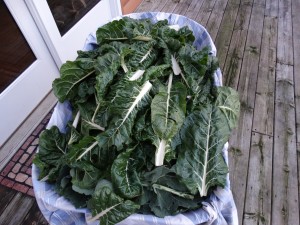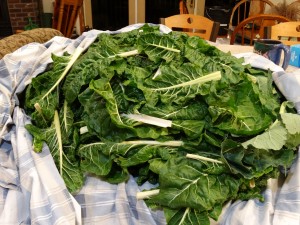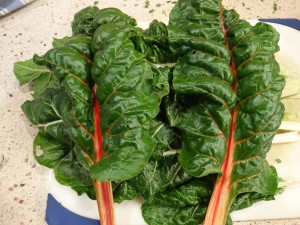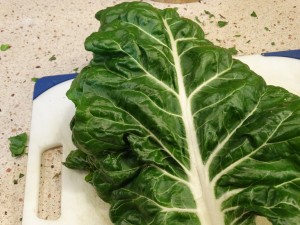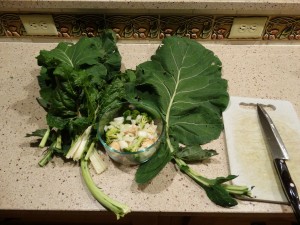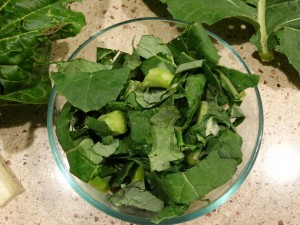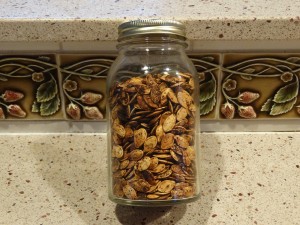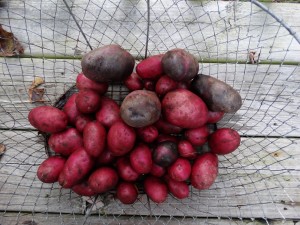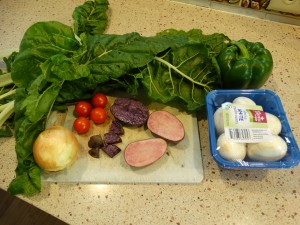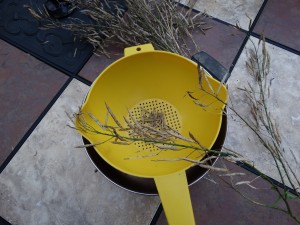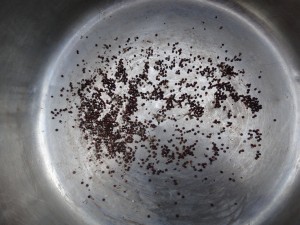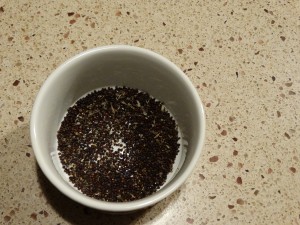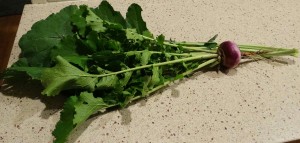If bean plants could talk, they’d ask the onions to leave the premises immediately. This is for real, people! They’d pinch their noses and shout thusly: “Hey! You wid da face! You’re pudding a big hurt od by doze! Gid oudda here awreddy! Can’t lib here wid dis stinking!!”
This of course makes the onions cry. After all, they can’t help the fact that they were born with a natural fragrance that bean plants find offensive. Not to worry, the cabbage family and several other vegetables are happy to have onions in the neighborhood.
Forgive me while I indulge in this good stink / bad stink talk. I can’t help but think about it because in these parts, garden planting time is very near and I get to thinking out loud about what goes where in the dirt. Companion planting, or the practice of putting plants that benefit each other, is a cool thing for us organic-type gardeners. If plants can be happy together, they are much healthier. Having healthy plants means better yields and fewer problems with bugs and diseases.
Onions exude chemicals that prevent beans, peas, and other legumes from making nitrogen in the soil with their toes. If you’ve ever yanked a bean plant out of the dirt, you might have noticed the rhizomes (little round bumps) on the roots. Well, the beans do NOT have tumors. The rhizomes are where the action is: bean-friendly bacteria live there and make nitrogen for the bean plants and anyone else who happens to be nearby. That is, unless the onions are in town. Then they will be stunted and just sit there twiddling their toes.
However, cabbage and its relatives (broccoli, cauliflower, brussels sprouts, etc.) love those onions, because they help keep the cabbage butterflies away, and also keep the aphid population down. Both of those bugs love their cabbage, but, like beans, most bugs also hate onion breath. For an experiment, I’ve been planting onion sets near my tomato plants over the last few years. The result: I haven’t seen any tomato worms!! And when other gardeners are complaining of their tomatoes getting wilt, mine are pretty happy.
Other examples of companion planting: corn says thank you to the beans and peas for being there and doing the cool nitrogen toe jam thing. Corn likes the nitrogen produced by the legumes. In return, the beans and peas give the corn a high five for wind protection and shade. Corn plants also make nice poles upon which peas and runner beans can climb. Between the corn rows, squash, pumpkins, and even cucumbers get the shade they like, and they in turn shade the corn’s roots and keep them cool. Everybody happy.
On the other hand, you have marigolds. OK, maybe you don’t. Those can go near anything. All the vegetable clans love marigolds; they attract bees and they even stimulate plant growth. My kinda friends!
Grandmas and Grandpas used to know lots of this stuff, and Native Peoples were (probably still are) very much in tune with companion planting. Unfortunately, however, farm and garden chemical companies would love for you to forget all about that. Those fancy commercials showing folks winning cool prizes for big veggies do tend to get one’s attention. These same chemical companies are conveniently quiet about the nasty stuff flowing into our lakes and streams when herbicides and pesticides are washed out of our dirt during a good rain. And of course God only knows what effects these chemicals have on our health.
But fear not, organically grown produce is finally becoming more mainstream. People are “discovering” accounts of when early European settlers found Native People growing pumpkins with their corn. It was no accident.
It takes some research, along with some trial and error, to learn which plants grow well together. Now that we have the interwebs, going to a place like Google and doing a search on companion planting will give you plenty of stuff to read.

